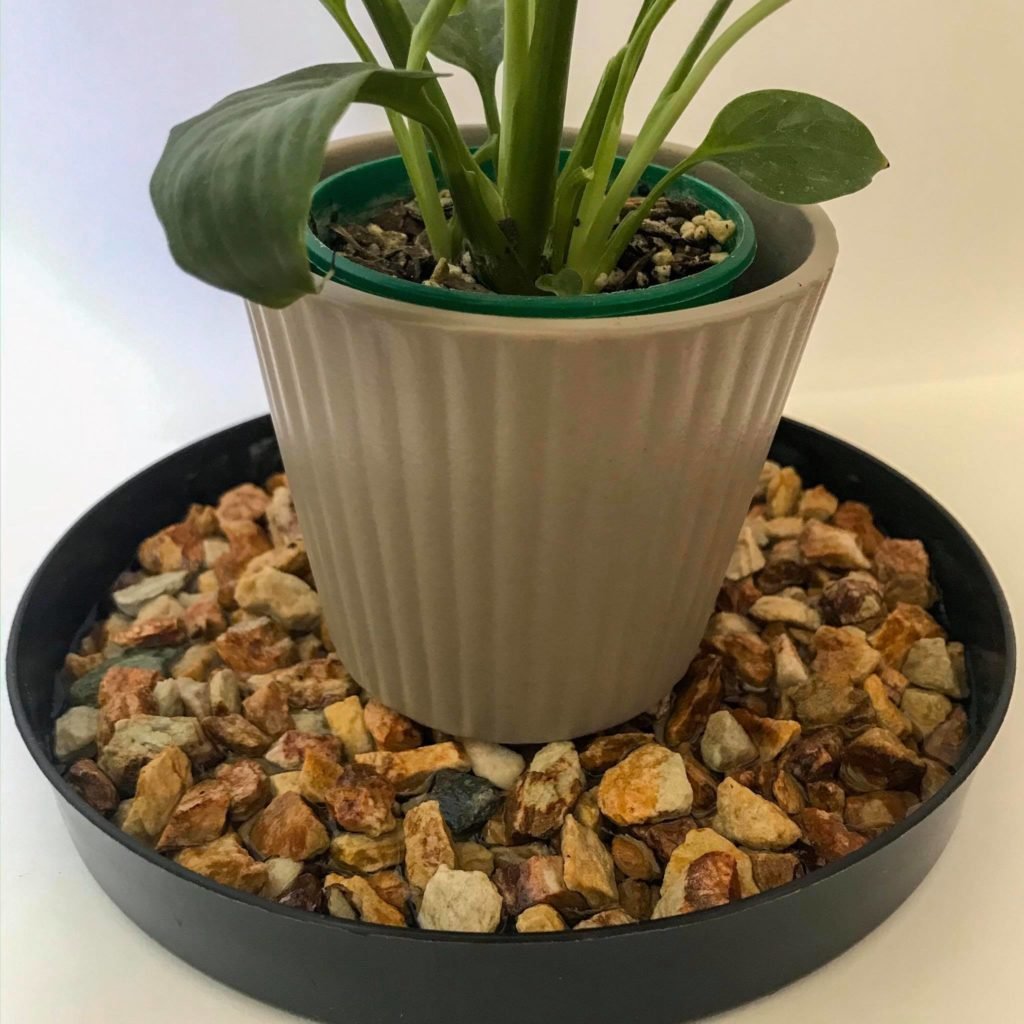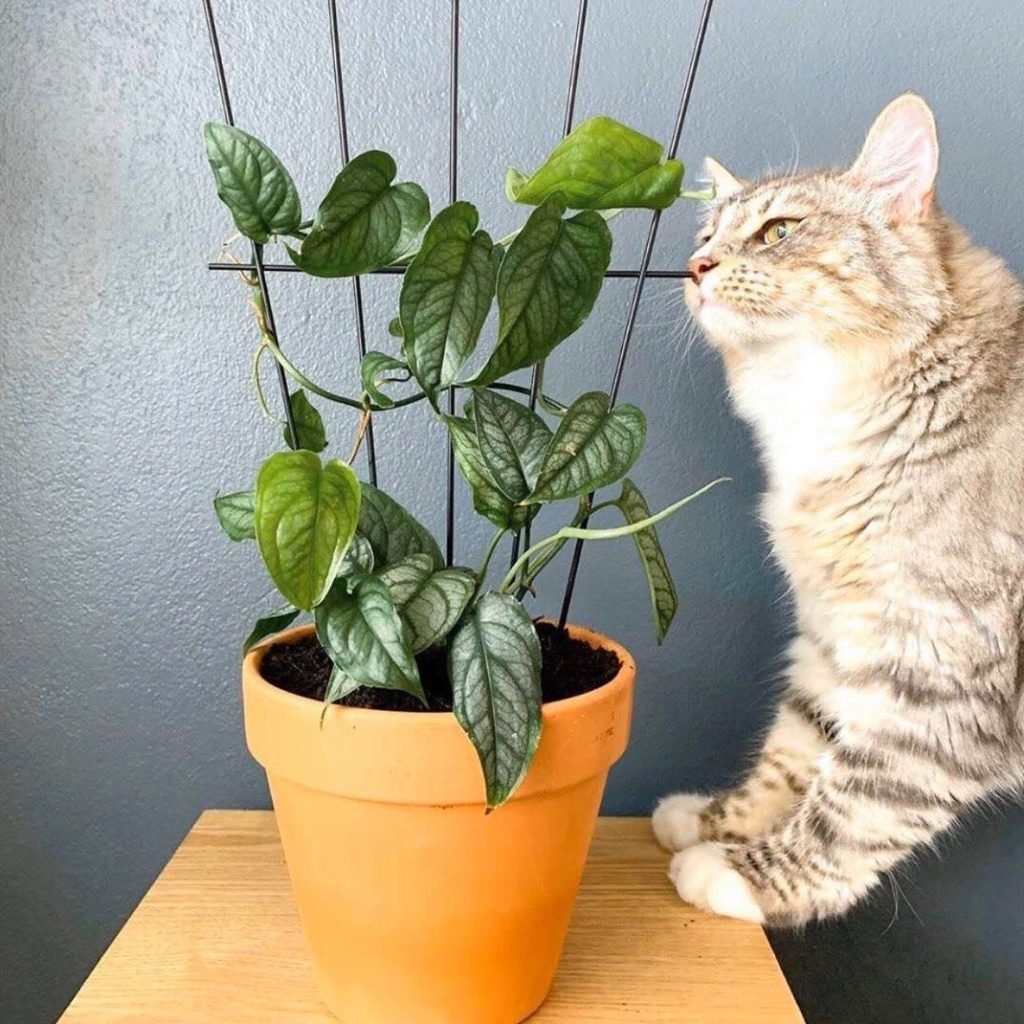
Lady bugs are a plant mum’s (or dad’s) best friend. Lady Bugs are considered one of the best natural methods of pest removal, due to their low cost and regular availability. Before purchasing lady bugs to fight off pests from your precious house plants there are a couple things to keep in mind. We will quickly go through the considerations you should make before you receive your bugs as well as storage and releasing techniques.
Appearance
Lady bugs are small oval shaped, winged bugs with six little legs and antennae. But with several thousand different species of lady bugs littered around the globe coloration can vary drastically. from little to no color at all to the iconic red beetle with black dots.
If your released lady bugs are happy in their new environment they may begin to breed. You can identify lady bug eggs by their orange, spheroid (football) shape.
What Pests do Lady Bugs Eat?
Lady bugs are considered predatory insects as they feed on other insect species. They are well known for eating common plant pests like aphids and make excellent plant protectors. With adult lady bugs able to consume around 5000 aphids in their life time it’s no wonder why they are praised for their pest control capabilities.
Other pests lady bugs eat include but are not limited to;
- Spider Mites
- Mealy bugs
- Whiteflies
- Scale Insects
Where To Get Lady Bugs
Lady bugs are readily available as both adult beetles or in their larval stages. They are regularly available from local nurseries, breeders and online. Lady bugs will often come in a mesh bag allowing them to breathe easily. There will be housing medium such as straw within the bag for the bugs to hide throughout.
Typical bug parcels contain 1500 beetles which may sound like a lot. However; this is a good amount of bugs to treat common infestations. Lady bugs are also available in gallon amounts.
Note: There are over 6000 species of lady bugs so make sure to order a species that is native to your area.
How Many Lady Bugs Will I Need?
For house plant applications inside or in a small greenhouse 1000-2000 lady bugs will be plenty. These bugs are to be released in intervals to be most effective, we will cover this in more detail below.
Here is a quick guide to how many lady bugs you will need for larger applications.
| 4,500 Bugs | 3,000 sq. ft |
| 9,000 Bugs | 6,000 sq. ft |
| 1 Gallon | 1-5 acres |
How much do lady bugs cost?
lady bugs are a cost effective, natural pest control solution. Typically you can find lady bugs for sale starting around 25 USD for 1500 bugs. Typically it is cheaper to purchase bugs in greater quantities as quantity breaks are usually applied. However keep in mind how many lady bugs you need, as you don’t want unreleased bugs dying unnecessarily.
How to release lady bugs for your indoor plants
Other than just opening the box and hoping for the best, it is recommended that you put some thought into where you release your lady bugs. Doing so will increase the immediate effectiveness of the lady bugs predatory nature and even encourage them to stick around.
Lady bugs will require water as you release them as they have been in transit for an extended amount of time. Misting your target house plants with water will encourage them to stay on these plants and allow them to re-hydrate.
These bugs are attracted to light, so if you have grow lights on your indoor plants or bright ceiling lights turn them off prior to release. This keeps their focus on the task at hand of removing those pesky bugs.
Make sure you do not release lady bugs in the middle of the day. The bright sun and heat will see your new bugs fly away almost instantly, leaving you with your pest problem and a broken heart. Early morning or evening is ideal for releasing lady bugs and will encourage them to stick around.
Smaller, more regular releases of lady bugs in comparison to the whole lot at once will tend to be more effective for pest control.
Note: If you have used pesticides or insecticides in an attempt to remove your plant pest problem, do not release lady bugs onto them. Left over chemicals may still be present on your plant and can end up killing your lady bugs.
Lady bug Storage
Unreleased lady bugs can be stored at 4C (35-40F) for several weeks. The cold temperature puts them into a state of hibernation as they would do in the wild. As long as your home or green house housing your plants is warm, your lady bugs will continue to hunt and eat pests.
Naturally attracting lady bugs
If you are opposed to purchasing live beetles you can alternatively try and attract or capture wild bugs to solve your pest problems. If your house plants are all kept indoors it may be difficult to capture enough wild bugs to release, however if kept outdoors attracting lady bugs may be the way to go.
When trying to attract and keep lady bugs in your plant collection it is important to consider their needs. A regular food source is important to keep lady bugs around so make sure that you have some aphids or similar on your plants.


